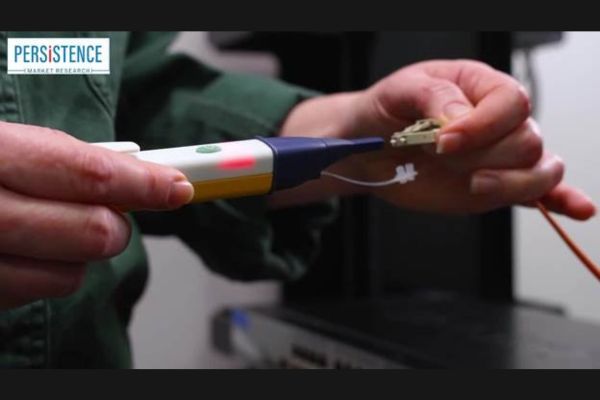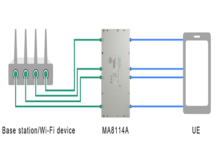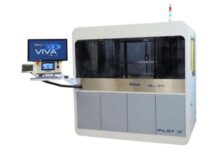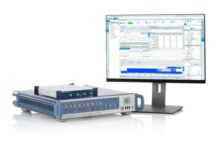Demand for fiber optic test equipment market is expected to be driven the growing number of fiber cable network. Increasing need of real time operation demand regular testing of insertion loss and bandwidth to facilitate services in an efficient way. This demand create immense opportunities for the fiber optic test equipment market.
Fibre has excellent properties, which includes anti-electromagnetic interference smaller diameter, insulation, resistance to nuclear radiation and light weight. Fibre optic communication is the future of every network. With increasing demand for network speeds and bandwidth, fibre optic cabling certification is becoming necessity. For fibre optic testing being critical, the equipment used in the testing plays a major role in the network handling , According to Persistence market Research.
An overview of the types of equipment commonly used in fibre optic testing and some trends that were prevalent in the industry up to 2022.
Optical Time Domain Reflectometer (OTDR): This is a crucial tool for testing the integrity of fibre optic cables by sending short pulses of light into the cable and measuring the reflections to detect faults, bends, splices, and loss. Advancements in OTDR technology often focus on higher accuracy, faster testing speeds, and more compact designs.
Power Meters and Light Sources: These tools are used to measure the power levels of optical signals and to generate light for testing purposes, respectively. Modern power meters often feature high accuracy and dynamic range, while light sources may incorporate various wavelengths for compatibility with different fiber types.
Fusion Splicers: Fusion splicers are used to join optical fibres together permanently. Recent trends include faster splicing times, improved splice quality, and enhanced user interfaces for ease of use.
Variable Attenuators: These devices are used to attenuate optical signals to simulate various signal strengths encountered in real-world scenarios. Advancements may include wider attenuation ranges, faster response times, and better precision.
Polarization Analyzers: As optical systems become more complex, polarization management becomes increasingly important. Polarization analyzers help characterize and optimize polarized light signals within fibre optic networks.
Inspectors and Cleaners: Proper maintenance of fiber optic connectors is critical for ensuring reliable performance. Inspectors and cleaners help technicians identify and remove contaminants that can degrade signal quality.















